Guide to Polishing Birch Wood Furniture
Know Your Birch: Grain, Hardness, and Personality
Birch is diffuse-porous with a fine, uniform texture, yet it absorbs oils and finishes unevenly, causing notorious blotching. Effective polishing starts with sealing those thirsty fibers so the sheen builds evenly and highlights, not hides, the delicate figure.
Know Your Birch: Grain, Hardness, and Personality
Yellow birch is harder and slightly more resilient than paper birch, influencing how aggressively you sand and rub out. Veneer adds another variable: its thinness demands gentle polishing and cautious sanding to avoid cutting through the surface entirely.
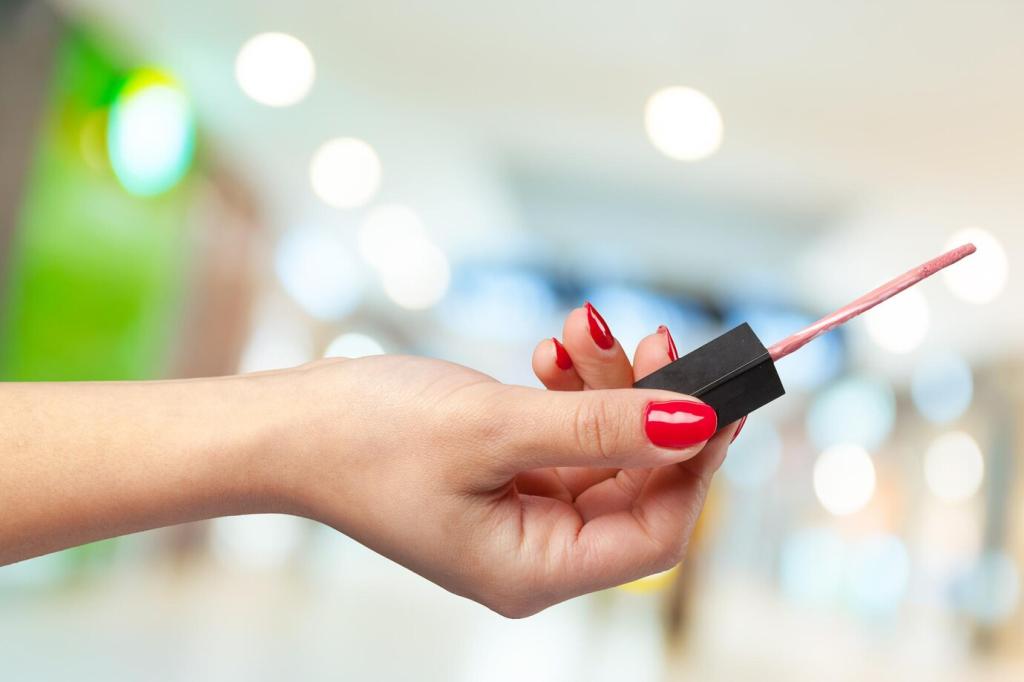
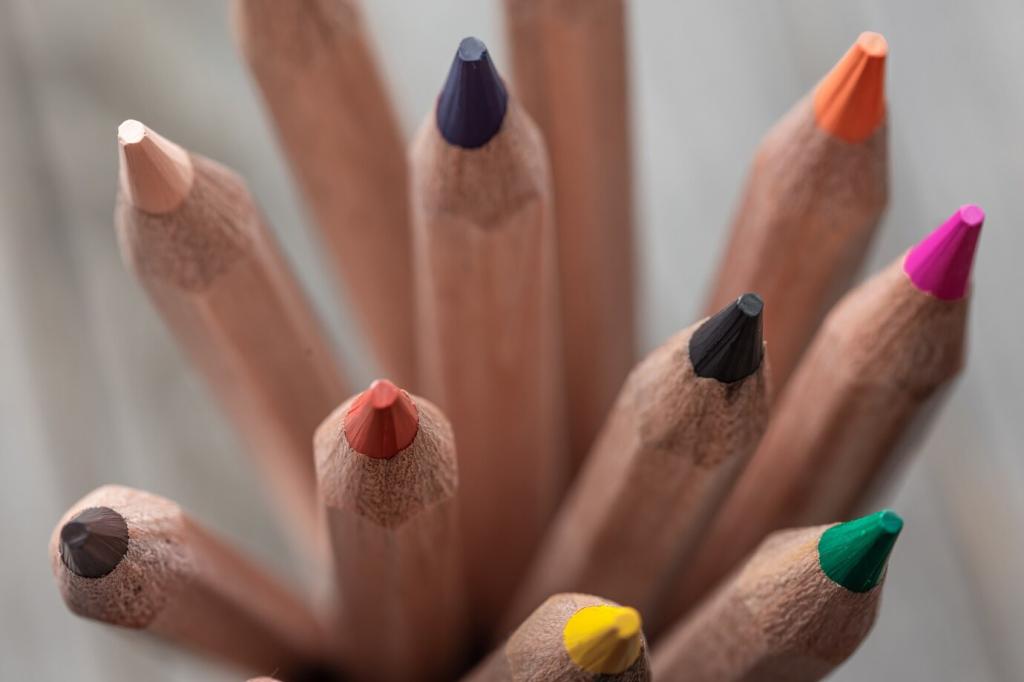
Smart sanding progression and dust control
Work through grits methodically—120, 150, 180, then 220—using a bright raking light and a sanding block or random-orbit sander. Skipping grits leaves scratches that reappear when polished. Good dust extraction keeps pores clear and the eventual shine crisper.
Sealers, finishes, and waxes that love birch
Dewaxed shellac makes a superb blotch-controlling washcoat. Follow with wiping varnish, hardwax oil, or lacquer depending on desired sheen and durability. Finish with a high-quality paste wax, and avoid silicone-laden sprays that contaminate future repairs and finishing steps.
Polishing companions and safety essentials
Keep 0000 steel wool, fine abrasive pads, pumice or rottenstone with mineral oil, and soft microfiber cloths for final luster. Wear a respirator when sanding, ventilate thoughtfully, and store oil-soaked rags in a sealed metal container to prevent combustion.
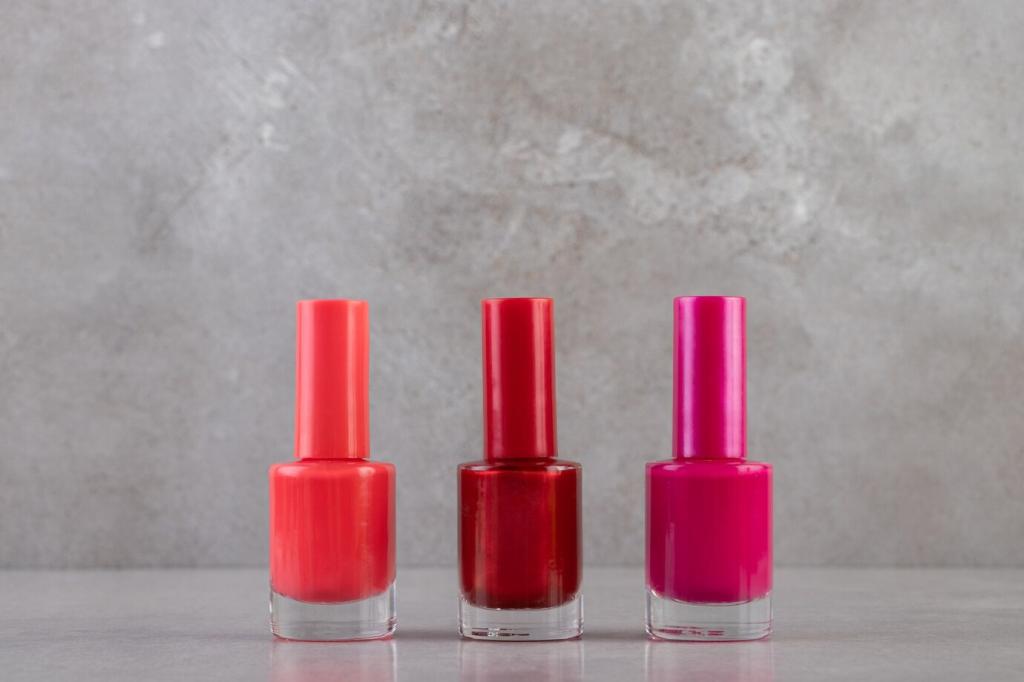
Preparation: Cleaning, Repair, and Surface Readiness
Gentle cleaning without raising trouble
Start with a soft vacuum brush and a barely damp microfiber cloth using mild soap. Mineral spirits can lift old wax. Always test first, since softened finishes scratch easily during polishing, and dissolved residues can smear across delicate birch grain.
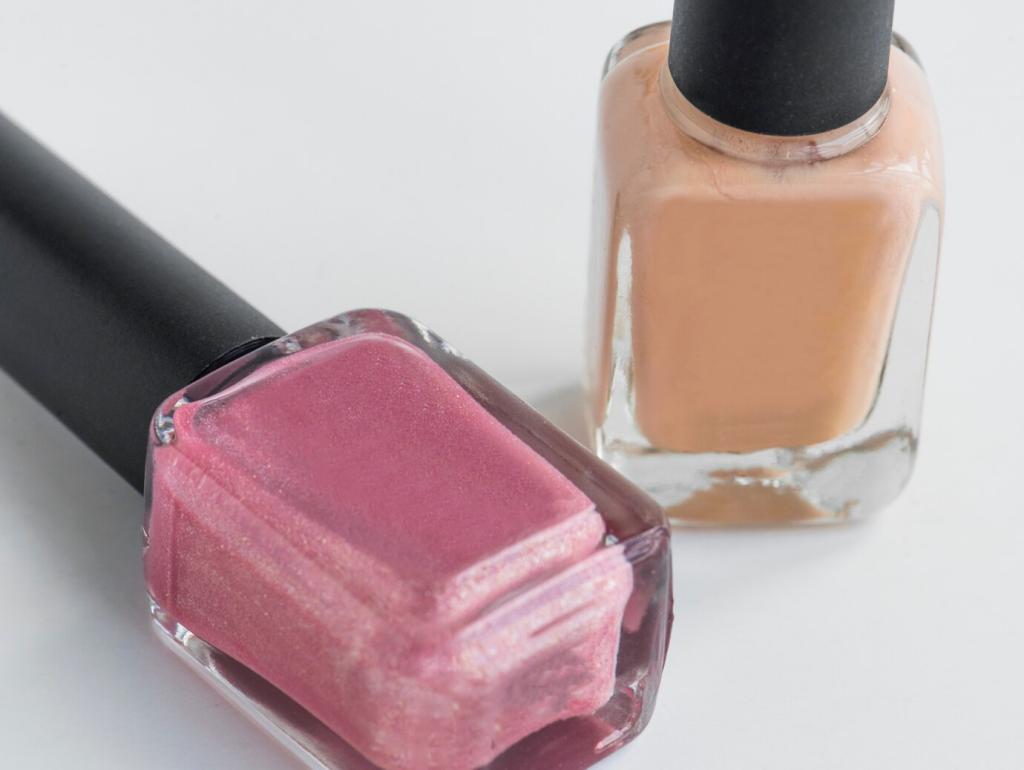
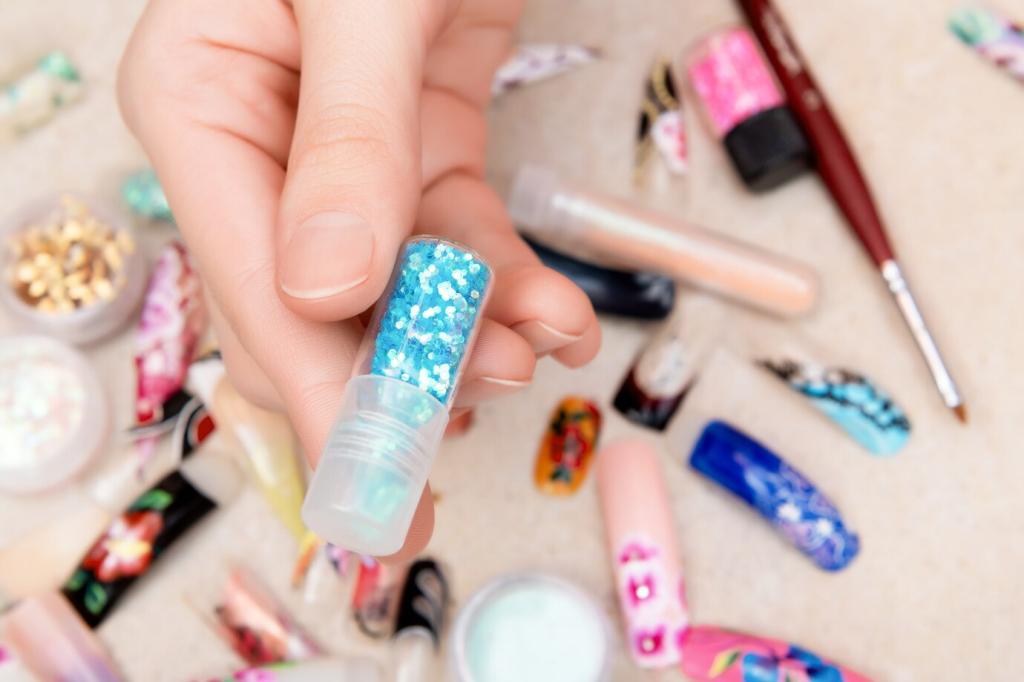
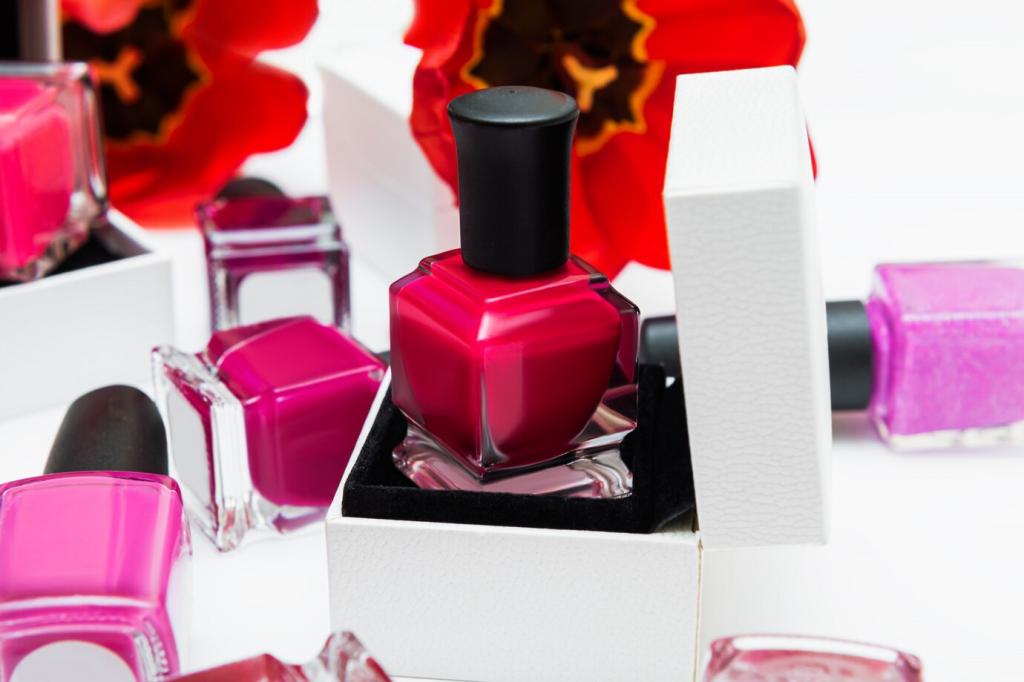

Polishing Routines and Everyday Care
Dust with a clean microfiber cloth following the grain. Each month, refresh with a thin coat of quality paste wax, buffing lightly. Skip ammonia cleaners; they haze finishes and dull birch’s quiet radiance you worked so carefully to reveal.
Keep humidity steady around 40–55%, use coasters and felt pads, and protect from direct sun that can shift birch’s tone. Heat, water, and UV degrade finishes faster than use does; prevention keeps your polish noticeably brighter for years.
Melt a beeswax and mineral oil blend for a gentle, food-safe sheen on tables. Apply thinly, let it set, and buff patiently. Always test on a hidden area first, and dispose of oily rags safely to avoid fire risk.
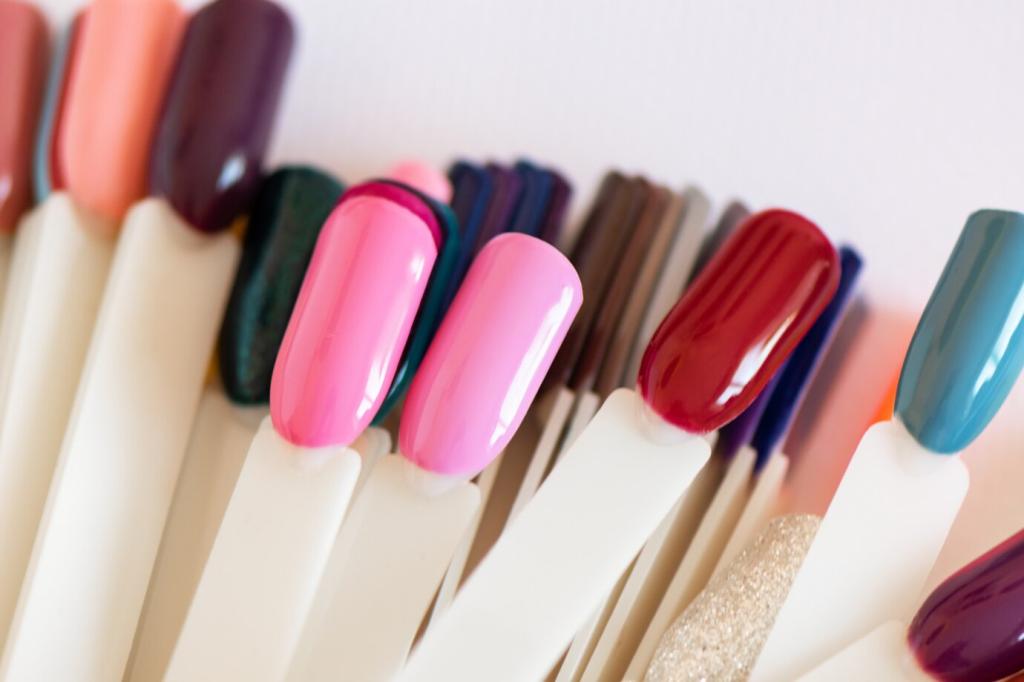
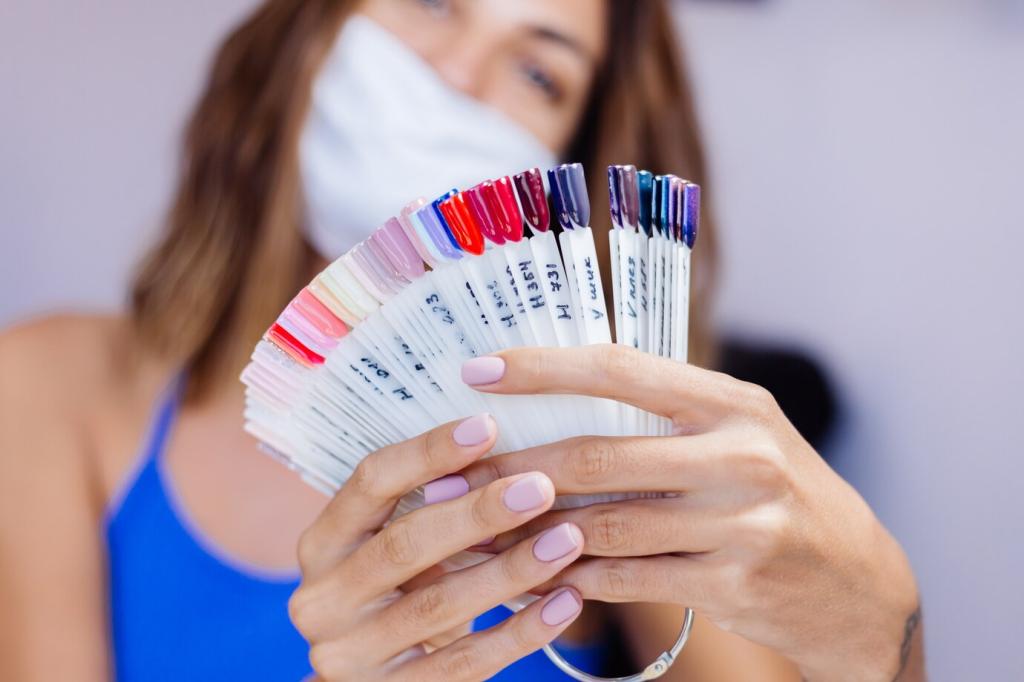
White water rings and cloudy patches
Try low heat through a cotton cloth with a household iron to coax moisture from the finish. Alternatively, very small amounts of mayonnaise or petroleum jelly can displace moisture. Stop at the first improvement and reassess under raking light.
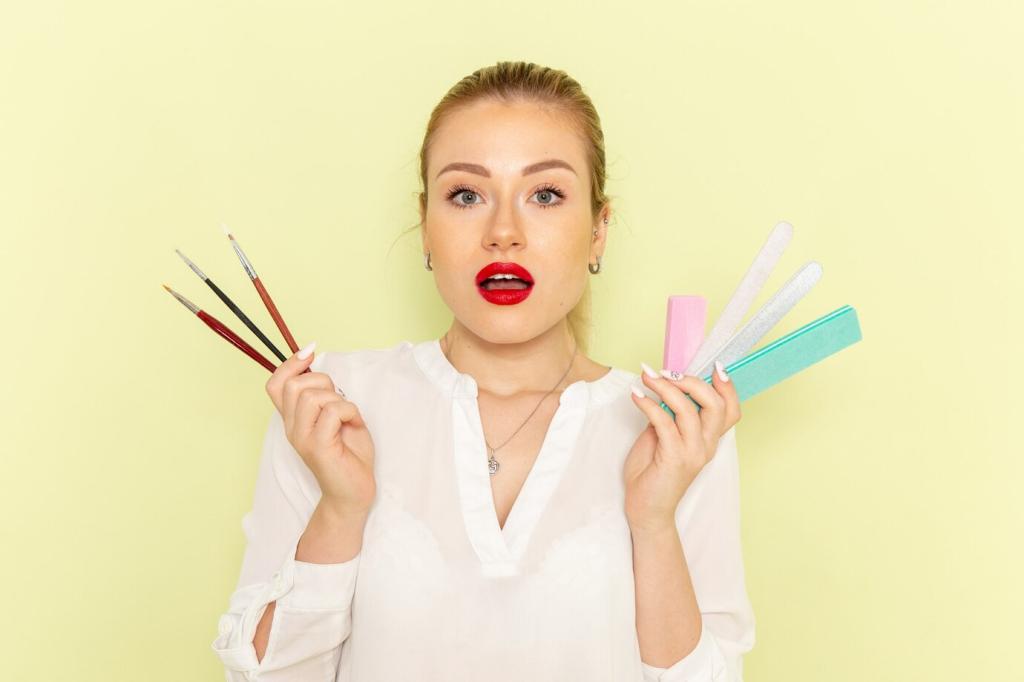
Avoiding the classic birch blunders
Skipping sanding grits, over-buffing edges, and using silicone sprays cause chaos later. If you burnish through, touch up dye is risky on birch; instead, feather in shellac, re-level, and wax. Patience beats bold moves when polishing this particular wood.
